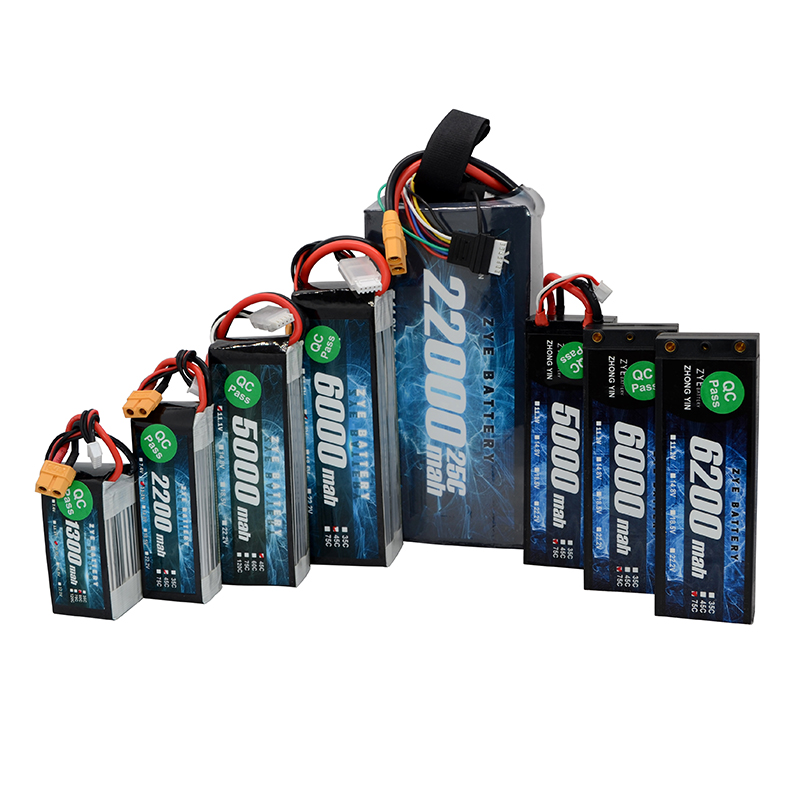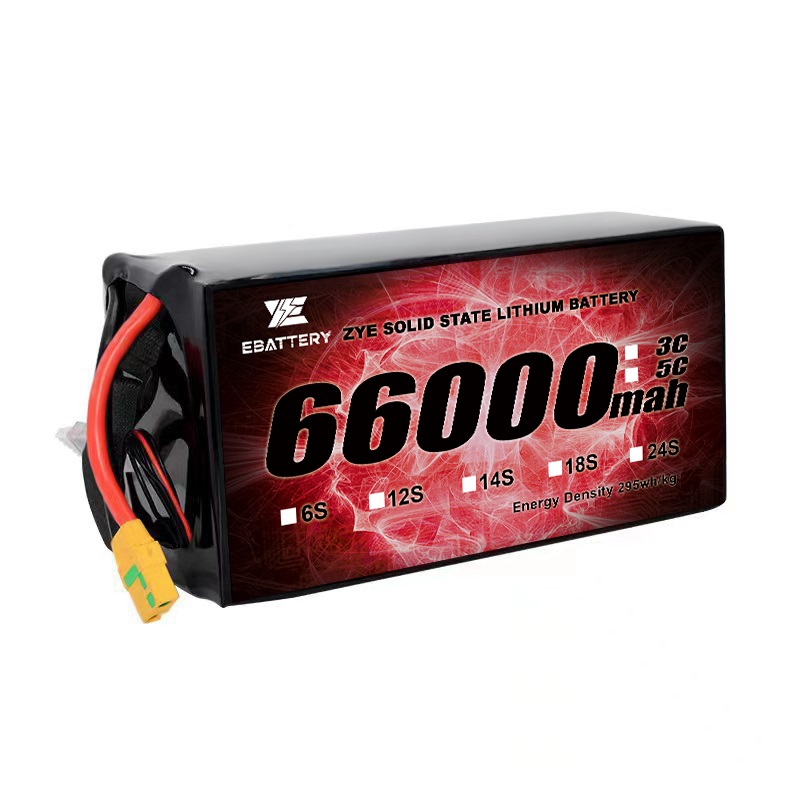How to view the development of drone batteries?
2025-07-18
Drone Lithium-Ion Batteries and Solid-State Batteries: Pioneering a New Era in Low-Altitude Economy
As drone technology undergoes rapid iteration, the power system—the core “heart” of the drone—is undergoing a revolutionary transformation. From traditional liquid lithium batteries to cutting-edge solid-state batteries, the two technological approaches demonstrate differentiated advantages in different scenarios, jointly driving the large-scale application of drones in agriculture, logistics, emergency rescue, and other fields.
This article will deeply analyze the technical characteristics and scenario adaptability of the two, revealing the future direction of industry development.
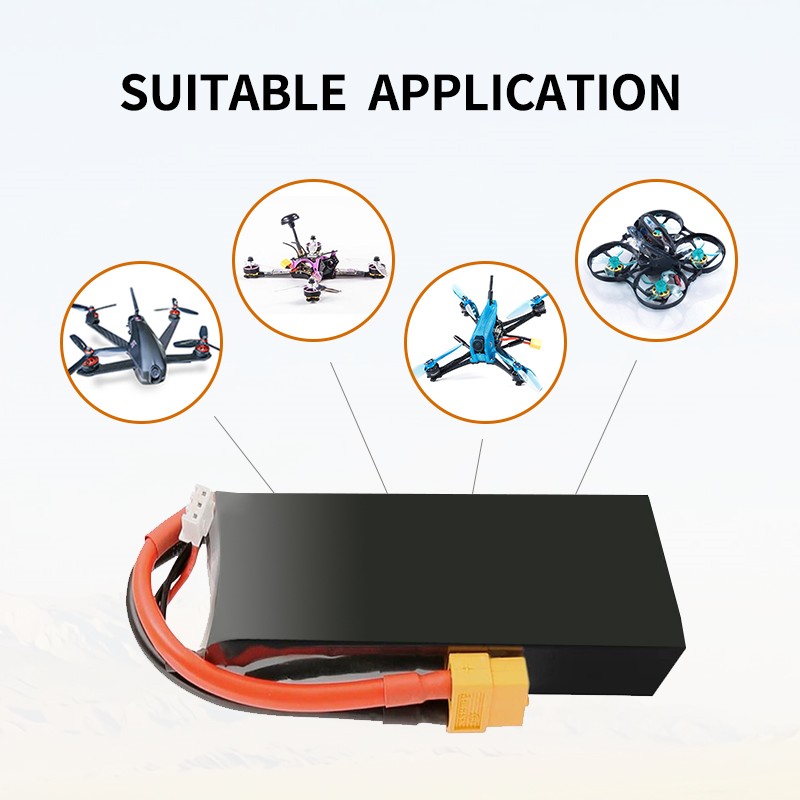
Traditional Lithium Batteries: The Foundation and Limitations of Current Applications
Liquid lithium batteries have long dominated the drone power market due to their high energy density (250–300 Wh/kg) and mature supply chain. Their lightweight design and cost advantages from mass production make them reliable in consumer drones and short-distance logistics delivery applications.
However, the inherent drawbacks of liquid lithium-ion batteries have become industry pain points:
Safety risks: Liquid electrolytes are prone to thermal runaway caused by punctures or overcharging. A 2024 logistics drone crash caused by battery short-circuiting highlighted their vulnerability in high-load scenarios.
Environmental adaptability limitations: Capacity degradation exceeds 40% below -20°C, and cycle life is reduced to fewer than 300 cycles in high-temperature environments, making it difficult to meet the demands of agricultural pest control in extremely cold regions or high-temperature warehouse inspections.
Energy Density Ceiling: Current mass production technology struggles to exceed 300 Wh/kg, limiting drone development toward long-range applications (e.g., logistics delivery over 200 kilometers) and heavy-load capabilities (e.g., 50kg-class agricultural spraying).
light-weight-solid-state-batteries: A Disruptive Technology Pushing Performance Boundaries
Solid-state batteries replace liquid electrolytes with solid electrolytes, fundamentally redefining the power system:
Enhanced safety: No risk of electrolyte leakage, passing 12 aviation-grade safety tests including needle penetration and compression, with thermal runaway temperature raised to over 500°C, suitable for high-risk scenarios like manned eVTOLs.
Energy density breakthrough: Semi-solid-state batteries have achieved 300-480 Wh/kg, while all-solid-state batteries theoretically exceed 500 Wh/kg.
Wide Temperature Range Stability: Maintains over 90% capacity between -40°C and 150°C, addressing performance degradation issues in extreme environments like high-altitude regions and deserts. For example, Beijing Aerospace Materials Research Institute's graphene solid-state battery can discharge at 3C at -40°C, enabling stable operation of power inspection drones in high-altitude areas.
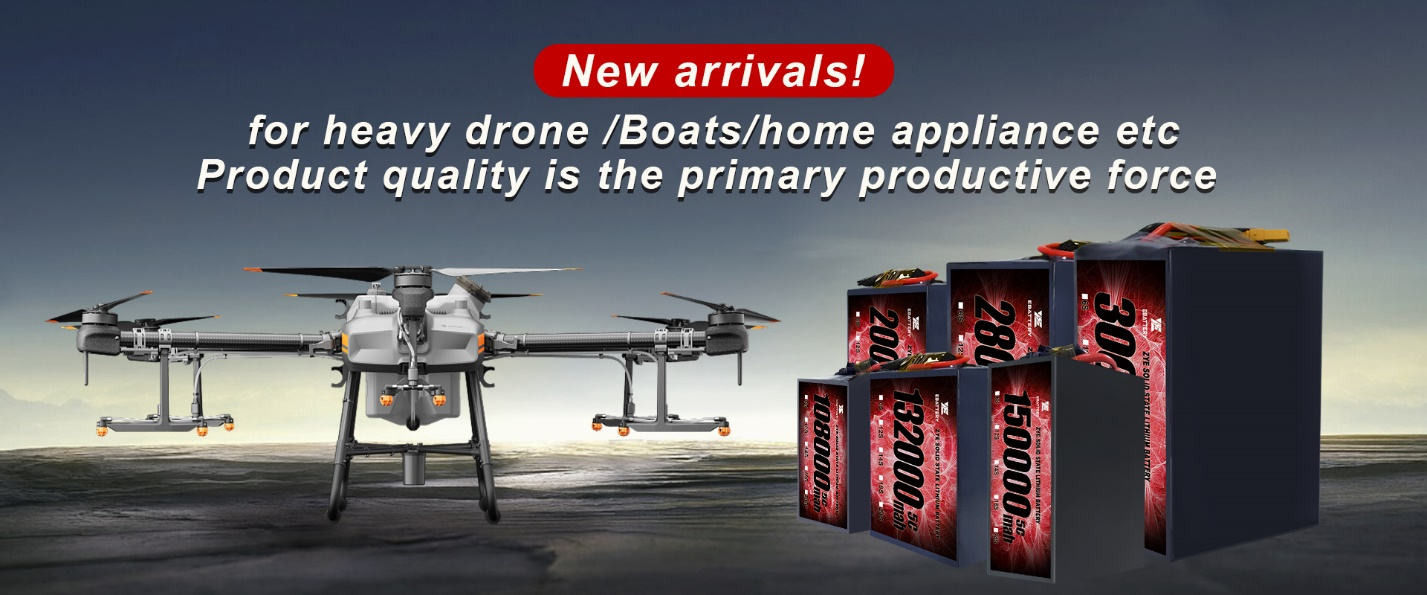
Application Scenario Differentiation: Technical Characteristics Shape Market Dynamics
The Strategic High Ground of solid-state-batteries:
Long-Distance Logistics Revolution: Logistics drones equipped with solid-state batteries see their range increase from 80 kilometers to 150 kilometers, enabling coverage of county-level delivery networks.
Complex Environment Operations: In agricultural pest control, solid-state batteries enable drones to operate continuously for 2 hours at 40°C, improving pesticide spraying efficiency by 50% compared to traditional solutions. Power inspection in extremely cold regions (such as the Northeast snowfields)
High-end special missions: Military reconnaissance drones equipped with Nuoxin Electronics solid-state batteries extend flight time from 90 minutes to 3 hours, while electromagnetic shielding design mitigates interference risks. In emergency rescue scenarios, solid-state batteries enable drones to fly continuously for 40 minutes in fire scenes (above 80°C), securing valuable time for disaster assessment.
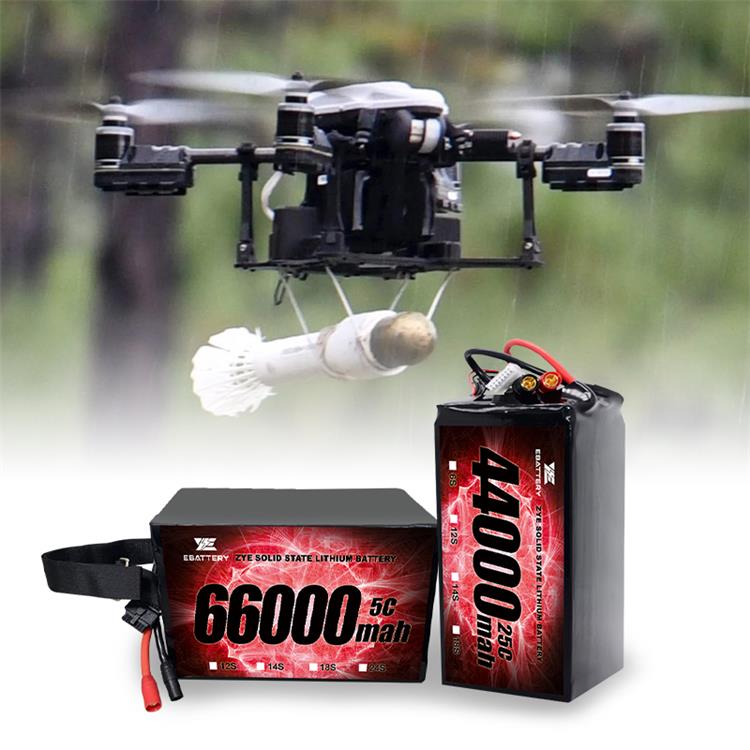
Conclusion: Technology integration drives industrial upgrading
Traditional lithium-ion batteries and solid-state batteries are not mutually exclusive but form a complementary ecosystem in different scenarios. With the scaled application of semi-solid-state batteries and the gradual maturation of all-solid-state technology, the drone industry is transitioning from “functional” to “user-friendly.”
In the future, as AI algorithms and battery management systems deeply integrate, the power system will become the core engine for drone intelligent upgrades, providing a solid foundation for the explosive growth of the low-altitude economy.
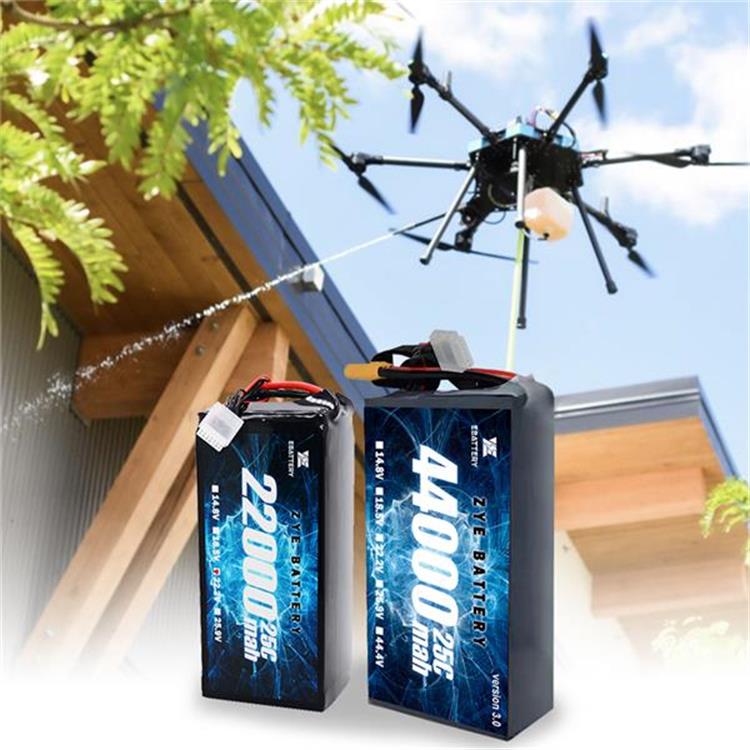
For more information about light-weight-solid-state-batteries and our range of high-performance energy storage solutions, please don't hesitate to contact us at coco@zyepower.com. Our team of experts is ready to help you find the perfect battery solution for your needs.























































